Introduction
If you ask us to describe an AI marketing assistant and its capabilities, we would say: It’s Ben from ‘The Intern’! The quiet, helpful guy in the corner who became indispensable to Jules Ostin: organizing chaos, solving complex problems, and keeping everything running smoothly? That’s how every AI marketing assistant is.
Like Ben, they're marketers’ new favorite colleague, detecting patterns, creating content, and optimizing ads around the clock. This guide talks about:
- What AI marketing assistants are and why they matter
- Core capabilities of AI-driven marketing assistants
- Steps to implement these assistants effectively
Let’s go.
What is an AI Marketing Assistant?
AI marketing assistants use artificial intelligence to handle core marketing activities such as content creation, campaign optimization, audience segmentation, performance tracking, and personalized customer engagement.
From content generators to chatbots, these are often built into today’s AI marketing automation tools to handle a range of core tasks. Whether you call them virtual marketing assistants or AI copilots, they help teams move faster and focus on strategy, not just execution.
AI-driven marketing assistants are built on the following key components:
- Machine learning (to continually improve with data)
- Natural language processing (to understand and clone humans’ voice)
- Predictive analytics (to spot patterns and forecast results)
Remember, AI marketing assistants are not magical elves who get your work done while you're asleep, they need continuous training, refinement, and brief inputs to stay accurate and align with your goals.
Understanding what AI marketing entails is just the starting point. Let’s explore how it’s helping marketers work smarter, scale faster, and deliver better results. Before that, let’s understand why
Why AI Marketing Assistants Matter in 2025?
While we’ve experienced a seismic shift in almost everything, the pressure on marketing teams to deliver more with limited budget and resources remains constant. Customers today expect replies within 24 hours or less, including personalized content, and seamless experiences. Traditional tools can't keep up with this demand, but an AI marketing assistant can.
AI marketing assistants handle the increasing complexity of modern marketing: faster content production, identifying patterns, personalizing outreach at scale, and adjusting campaigns without delay. In fact, 75% of marketers admit AI gives them a competitive edge.
According to Birdeye’s State of AI for Agencies in 2024 report, 87% of agencies have adopted AI tools into their client delivery pipelines, and nearly 80% plan to increase their AI investments this year. These insights come from Birdeye’s blog, which offers a preview of the full survey results. To access the complete report, you can download it here
That level of momentum is no coincidence.
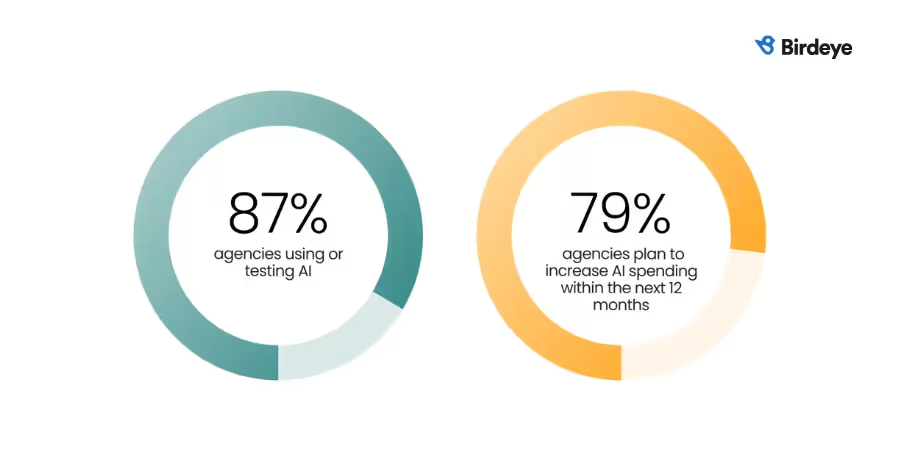
And this isn’t isolated. Marketing and sales are among the top functions where generative AI is actively used, according to McKinsey. Beyond adoption, there's a clear business case. AI in marketing is accelerating. Estimates put the market on track to reach $220.1 billion by 2030.
On top of these, SurveyMonkey’s survey on AI in marketing reveals that 70% of marketers expect AI to play a larger role in their work. That means the competitive baseline has shifted, AI is improving speed, accuracy, and personalization across all marketing layers.
Let’s examine how AI practically functions across each stage of the marketing funnel.
Core Capabilities of AI Marketing Assistants
By now, you’ve seen the versatility of AI in digital marketing (like a Swiss Army knife for marketers). Let’s break down its core superpowers.
1. Content creation and copywriting
Marketers are constantly under pressure to keep up with modern content marketing demands, 54% even find it challenging to produce fresh content consistently. And it’s not just about volume. Every blog post, email, and social update must be relevant, on-brand, and optimized for visibility.
AI writing assistants help fill that gap, reducing friction. These tools can generate copy and content by analyzing your existing assets and brand voice, factoring in what your audience responds to.
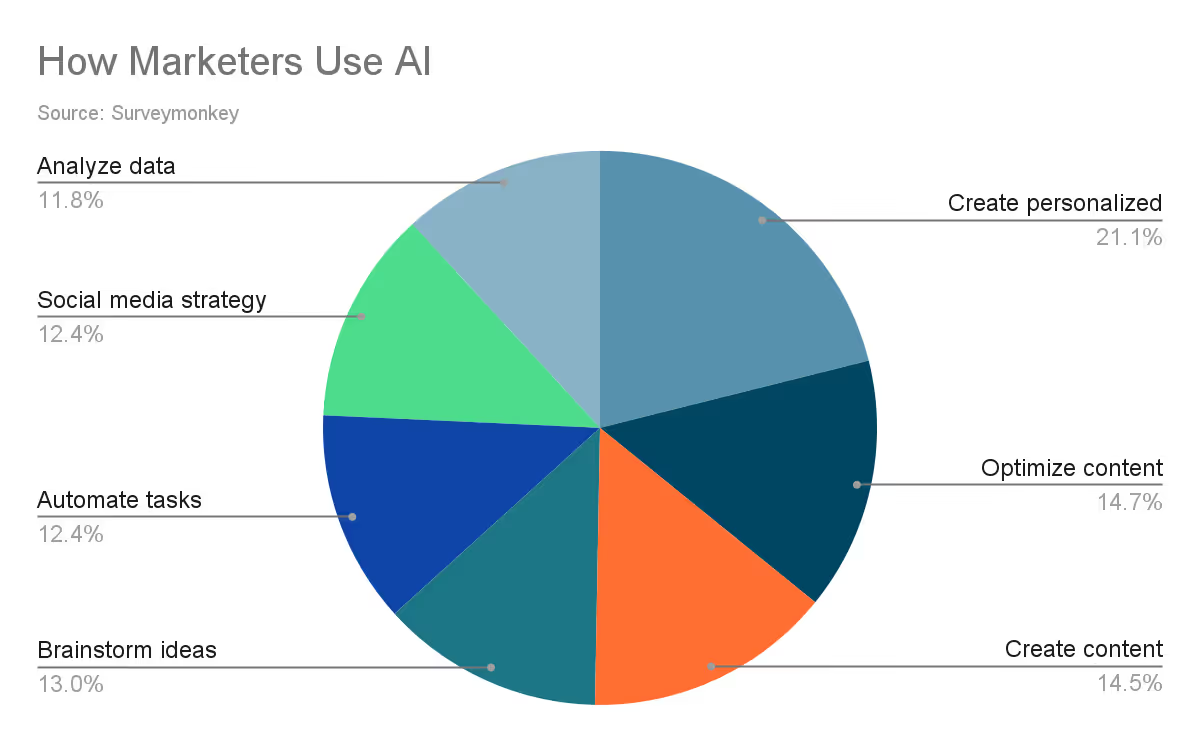
Modern AI content and copy creation tools like copy.ai, Writer, etc., go beyond basic text generation, offering:
- Contextual understanding of topics and tone
- Brand voice retention across different formats
- Multi-channel content support (blogs, ads, emails, social, etc.)
- Integration with existing workflows and CMS platforms
The result is faster turnaround and less cognitive fatigue for writers. Revv Growth, for example, has worked with SaaS companies like Atlan and Everstage to publish structured, intent-driven content at scale.
At Revv Growth, we built and executed AI-driven content strategies for Everstage, a leading sales compensation platform. Using a powerful AI blog engine alongside tools like Ahrefs, ChatGPT, and Clearscope, we created high-quality, SEO-optimized long-form blogs that now rank on Google, appear in AI Overviews, and are featured on AI search platforms like ChatGPT and Perplexity AI.
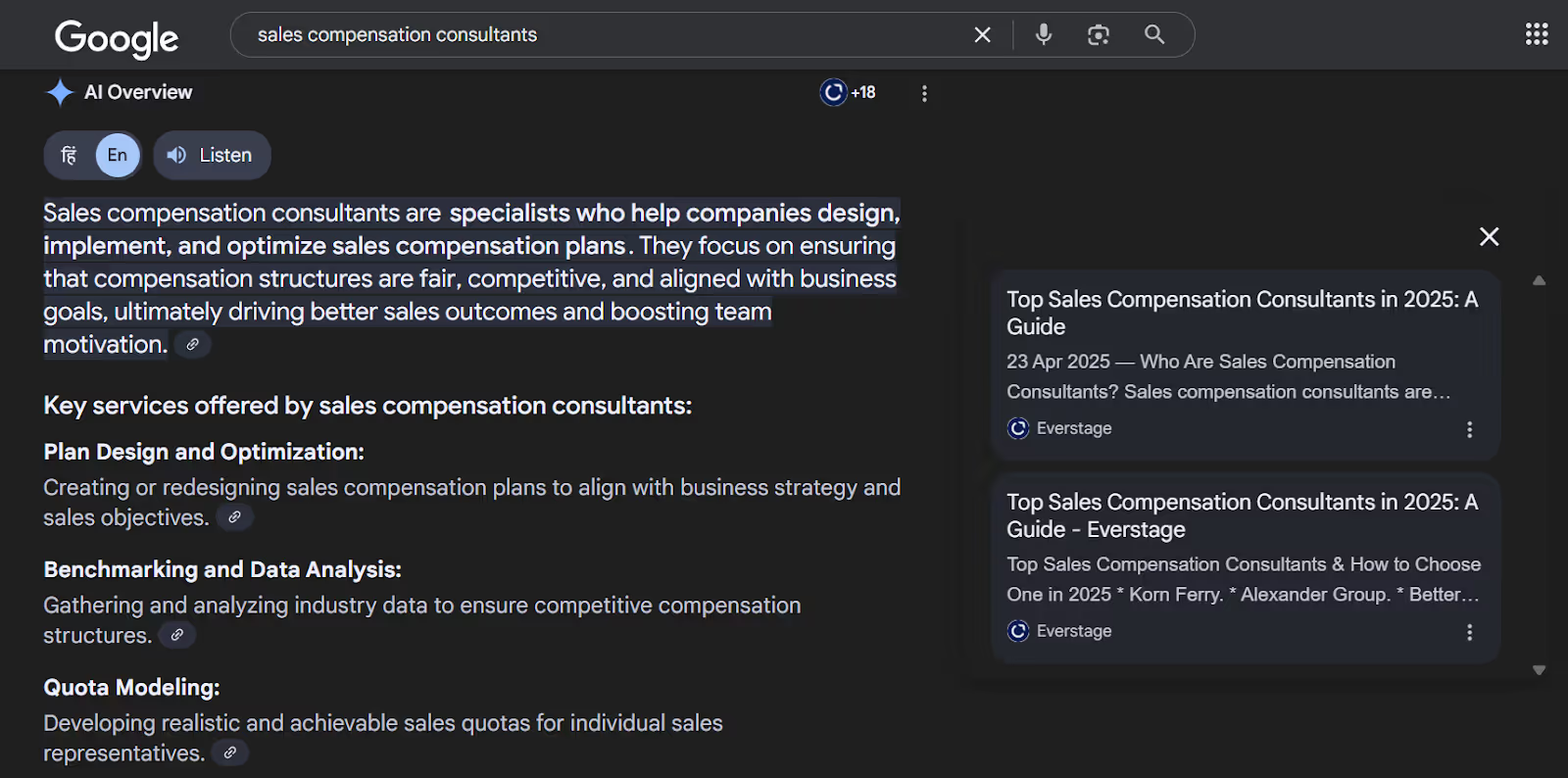

2. Email marketing automation
Email is still one of the most effective marketing channels. But doing it well at scale takes more than a good template.
AI email marketing automation tools like Mailmodo, Customer.io, Clay etc., handle everything from creating copy to deciding the best time to hit send, using real-time data to optimize performance without constant manual input.
Here’s how they help:
- Hyper-personalization at scale: AI tools use behavioral data, CRM profiles, and zero-party inputs to personalize subject lines, messaging, and recommendations automatically, without writing dozens of versions manually.
- Smart segmentation and targeting: They group audiences based on live engagement, browsing patterns, and purchase intent to ensure campaigns go to the right people with the right message.
- Automated content creation: Full emails, from copy to layout, can be generated using prompts, useful for newsletters, promos, or triggered sequences.
- Predictive send-time optimization: AI analyzes past engagement to determine when each contact is most likely to open and click, improving performance across lists.
- Performance analytics: AI can interpret campaign data to flag underperforming subject lines, measure inbox placement, and suggest ways to improve CTOR and conversion.
At Revv Growth, our team sends over 300+ emails daily—but it’s not spray-and-pray.
We use Clay to power a precise, automated workflow:
- Smart ICP Research: We pull company-level data like industry, size, and location, plus real-time signals like news mentions.
- Advanced Filtering: Clay helps us include/exclude industries and regions to refine our lists.
- Segmentation by Size: We target specific company sizes and exclude current clients to stay focused.
- Always Fresh: With Clay’s auto-update, our data stays accurate without manual intervention.
This lets us reach the right prospects, consistently and efficiently.
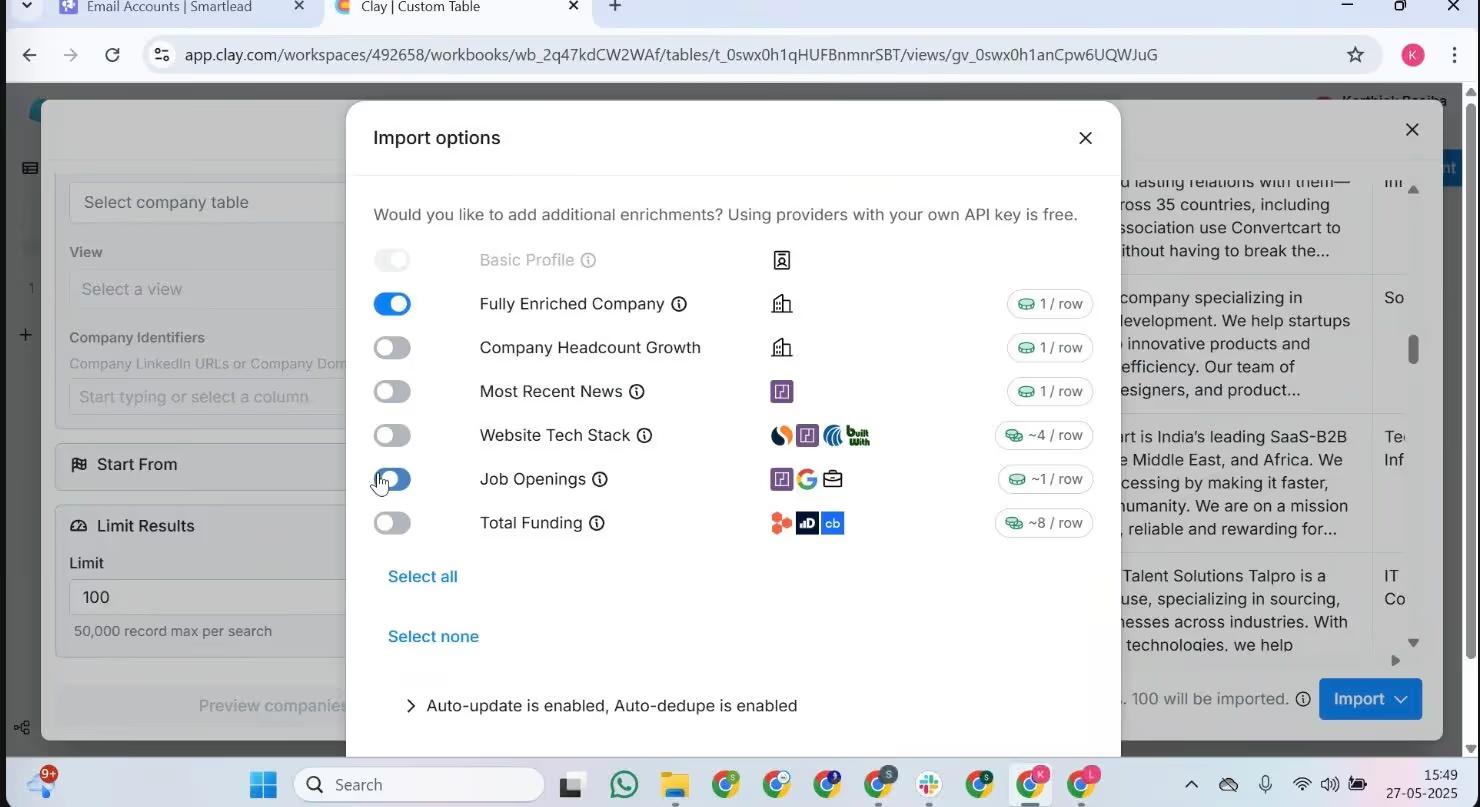
3. Social Media Management
AI tools handle the heavy lifting across social: scheduling posts, analyzing engagement, and optimizing performance. They generate trend-aware, platform-specific content, predict what formats and timings will perform best, and track sentiment beyond surface metrics.
Tools like Kleo, Emplifi and Sprout Social can detect potential PR issues early through real-time social listening. Some brands are even using AI-powered virtual influencers to drive campaigns.
At RevvGrowth, we spend just 15–30 minutes scrolling through Kleo, a free Chrome extension that surfaces top-performing LinkedIn posts across formats.
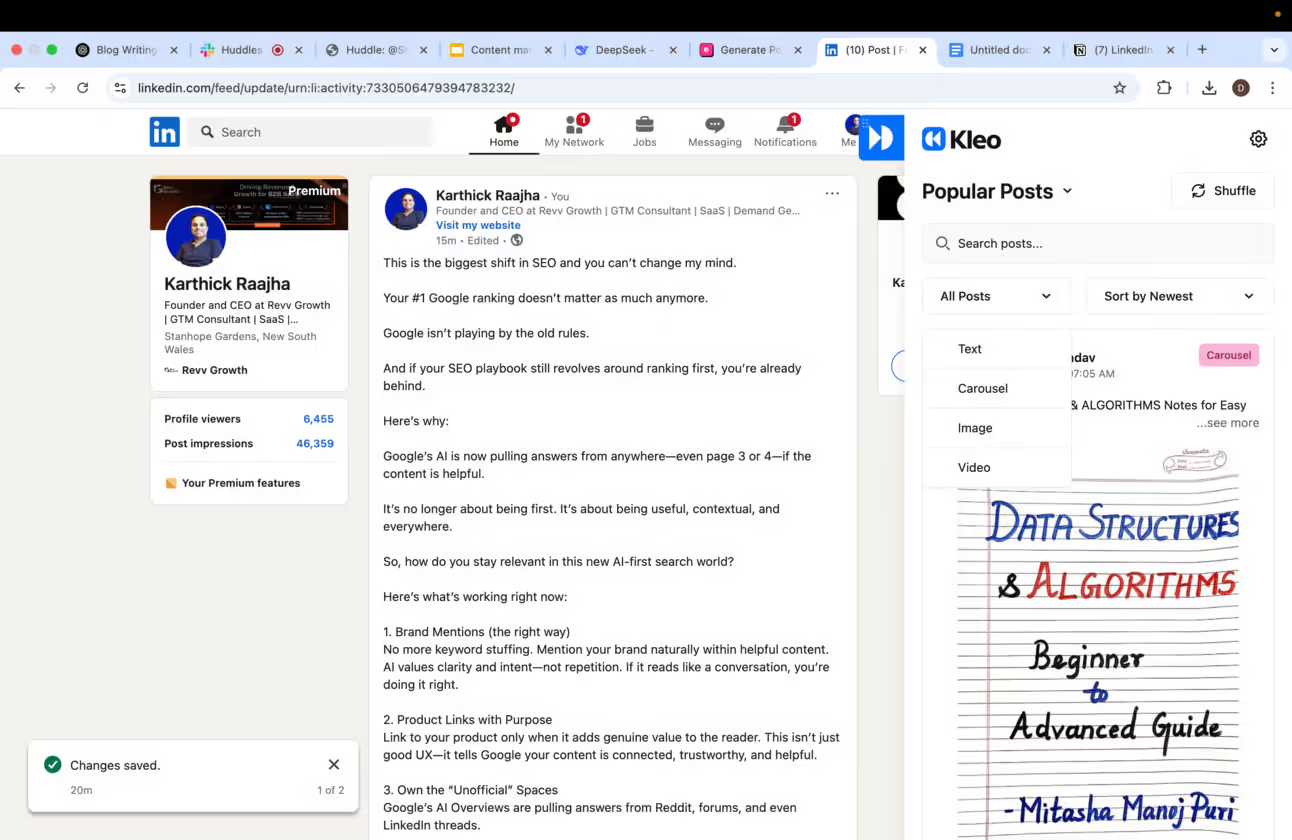
We’re not looking for inspiration in topics alone.We’re watching for formats and patterns that consistently perform.But we don’t just save posts and move on.
We ask:
- Why did this post work?
- Was it the opening line?
- The emotion it triggered?
- The topic timing?
- Or even something it didn’t say?
We save the good ones, make quick notes, and remix the format for ourselves or our clients.
- Maybe it’s a carousel—but we talk about our own process.
- Maybe it’s a short post—but we share a unique client insight.
- Maybe it’s a bold opinion—but we frame it with our take.
The result?
Content that’s relevant and authentic. Format-inspired, not format-forced.
4. SEO and Keyword Optimization
The focus is no longer on gaming algorithms, but on answering specific, complex queries, something AI now scales efficiently. While traditional SEO still matters, the search game is changing, AI visibility is the new norm. Reddit-OpenAI’s recent partnership (yes, ChatGPT now pulls citations from Reddit) changes how each AI engine perceives the web differently.
AI marketing assistants facilitate how people search and how brands get found. Tools like Profound support tracking visibility and performance across platforms like Google AI Overviews, Perplexity, ChatGPT, and Microsoft Copilot.
Here’s how modern AI assistants support SEO:
- AI-powered keyword research: Tools like Semrush now offer AI-assisted keyword research to generate personalized data.
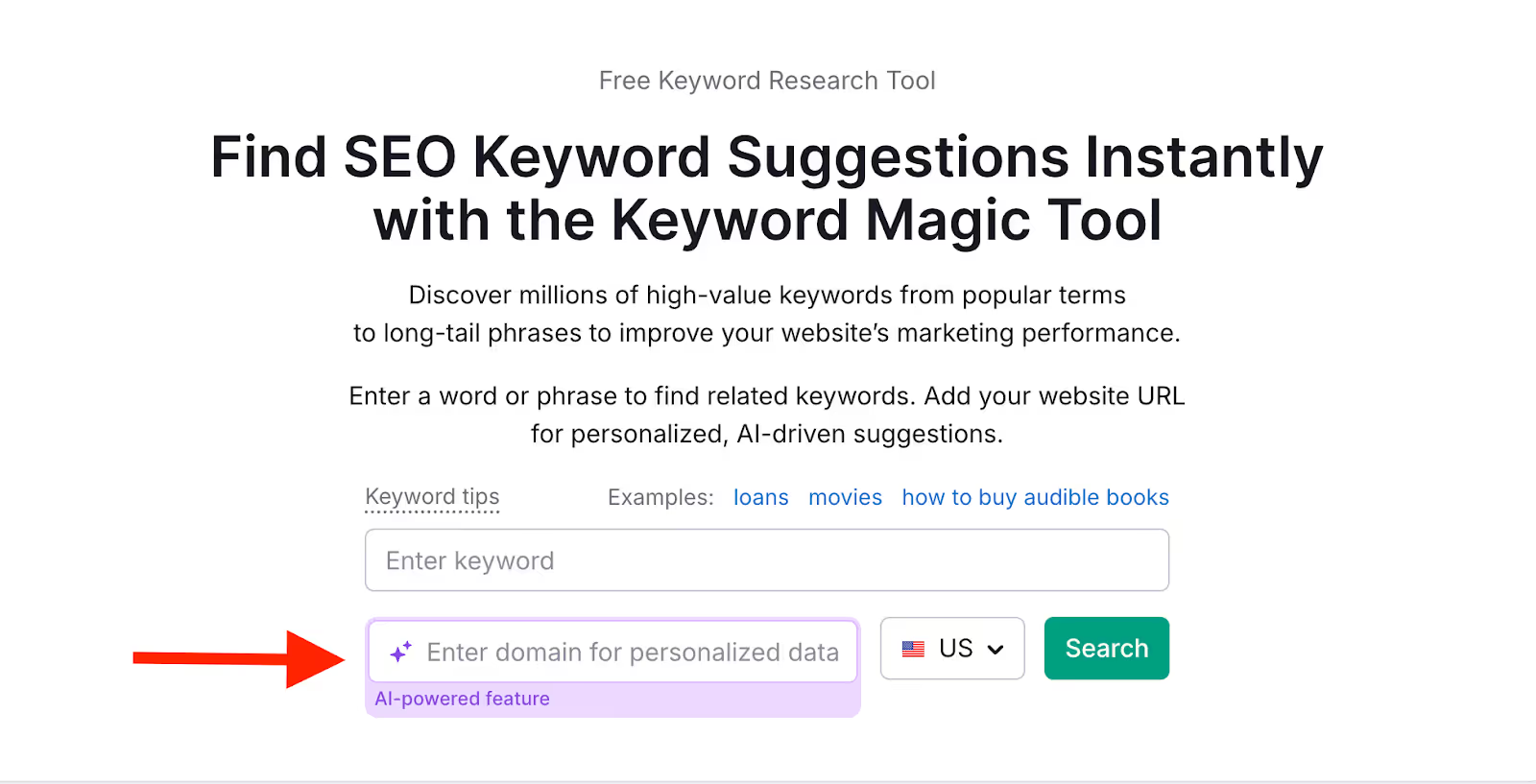
- On-page optimization using AI: Analyzes top-performing pages and suggests real-time improvements to metadata, structure, and internal links.
- Content generation and strategy planning: In tools like Scalenut, AI maps topic clusters, detects content gaps, and recommends formats based on current SERP trends.
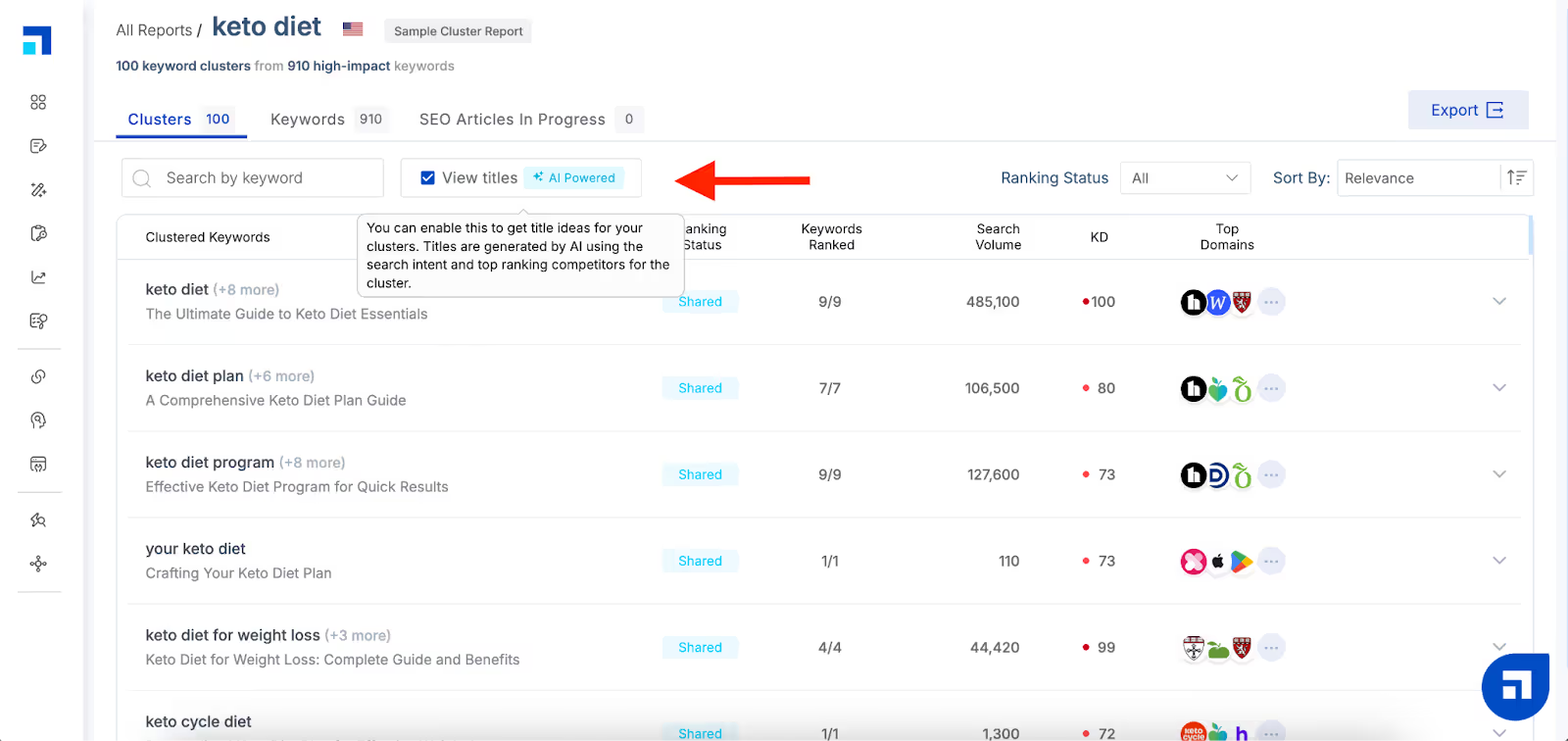
- Search intent matching: AI adjusts content messaging to align with detailed, conversational queries driven by tools like Google’s AI Mode.
5. Ad Campaign Management
AI marketing assistants like Mailchimp help manage this end-to-end—writing ad copy, adjusting bids, allocating budget, and optimizing in real time based on performance data. Beyond pure time savings, large organizations use AI assistants to scale campaigns faster, with better creative and smarter spend.
Take Finastra, a European fintech company, for instance. The company leaned on to AI for accelerating campaign development. After interviewing over 50 subject-matter experts, it used AI tools to summarize insights, extract key themes, and generate assets like emails, landing pages, videos, and eBooks. What normally took six months was completed in just 2.5!
At RevvGrowth, we’ve been using Make.com and Looker Studio to generate detailed campaign reports, and are now integrating Make.com with Google Ads for deeper campaign optimization.
We are also exploring new AI platforms to streamline performance marketing. These tools act as virtual assistants for marketing and help cut down manual analysis and surface insights on search terms, geographies, and overall campaign performance.
6. Customer Segmentation and Personalization
Effective marketing starts with understanding your audience, including behavior, preferences, and intent. AI marketing assistants segment customers automatically by analyzing engagement patterns, purchase history, and browsing behavior.
Tools like Mailchimp, Salesforce Marketing Cloud, etc., help store this data and use AI to group audiences in real time, allowing for more targeted and timely outreach. This enables personalized campaigns that speak directly to each group.
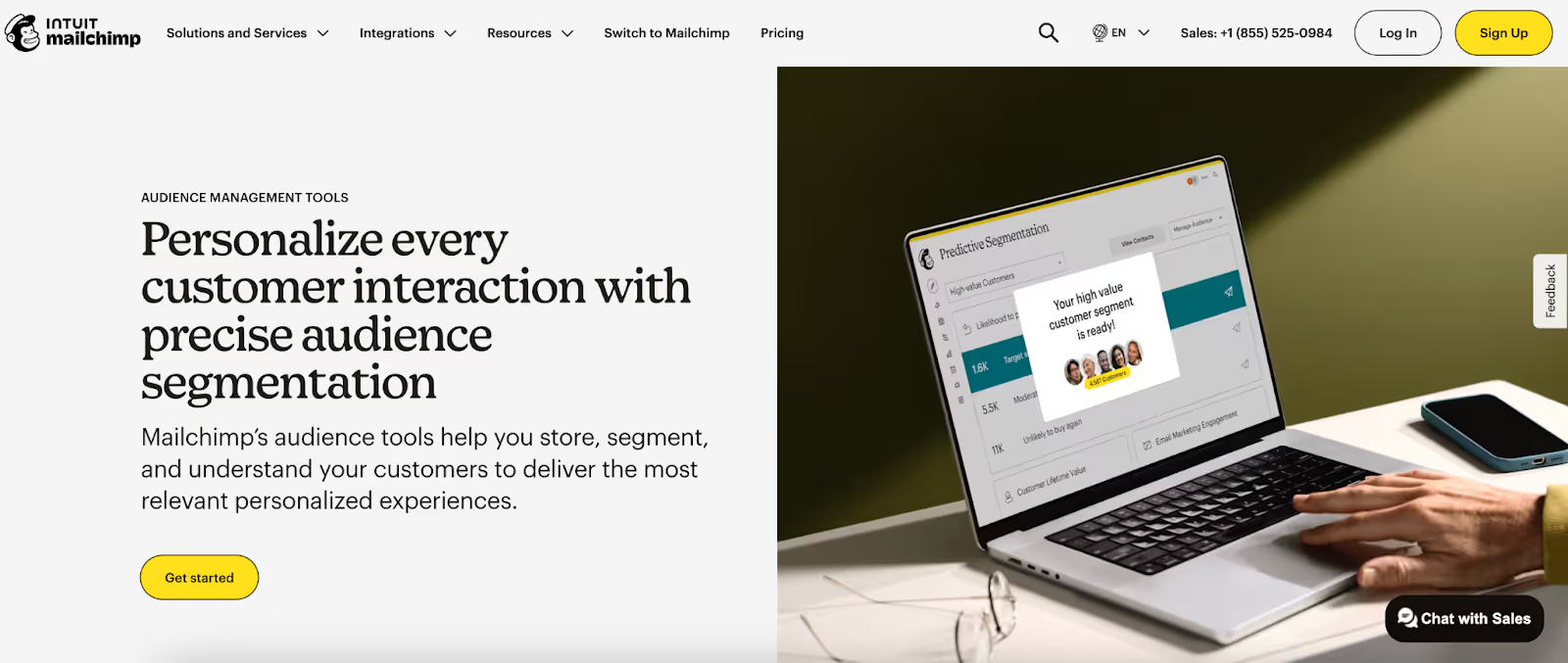
A good example is Octave, an AI marketing-tech startup founded by former execs from LinkedIn, DocuSign, and Dropbox. Its platform uses models like GPT and Claude to help businesses define ideal customer profiles and shape campaign strategies around them. The approach has gained serious traction as Octave recently raised $5.5 million in seed funding led by Bonfire Ventures.
Implementing an AI Marketing Assistant
Where to start without wasting budget or getting stuck. You don’t need a full AI rollout. Start with one goal, one tool, and a focused process. Here’s how to do it right:
Step 1: Define Your Marketing Goals
Start with one high-impact task AI can improve, like cutting content production time or increasing ad conversions. Instead of vague goals like “suggest effective marketing strategies”, focus on measurable outcomes you can track and improve.
Essentially, without executive buy-in, AI stays stuck as a side project. Define goals that the entire team agrees on and will prioritize. Scott Brinker, VP of Platform Ecosystem at HubSpot, emphasizes: “Effective AI implementation starts with a fully committed C-suite and, ideally, an engaged board. Many companies’ instinct is to delegate implementation to the IT or digital department, but over and over again, this turns out to be a recipe for failure.”
Step 2: Choose the Right Tool
Once you’ve picked a goal, find a tool built to solve that problem. Don’t pick based on hype — pick based on fit.
Some examples:
- Writer or Copy.ai for brand-safe content creation
- Ortto or ActiveCampaign for email flows and lead scoring
- Semrush or Frase for content and keyword optimization
- Jasper for multi-format copy across channels
Start with free trials or low-commitment plans to test real-world value before investing fully.
Also read: AI marketing tools that can save you time across numerous tasks. Check here.
Step 3: Integrate with Existing Workflows
An AI assistant is only useful if it fits how your team already works. It should reduce steps, not add new ones.
Look at your current workflows: Where does work slow down? Where do handoffs happen? Where are decisions based on guesswork? If you're generating content, plug the AI into your CMS or project management system. For email, ensure it connects with your CRM and automation tools.
According to McKinsey’s ‘The State of AI’ study, 21% of organizations using generative AI have already redesigned at least some workflows. You may need to revise how briefs are created, how reviews happen, or who approves the final output. Integration is both technical and operational.
Step 4: Monitor and Optimize Performance
Before launch, decide how you’ll measure success. Choose metrics tied to the original goal and not generic stats. For instance, you can start by assessing these metrics for the following processes:
- Content creation → Time saved, content output volume
- Ads → CTR (click through rates), CPA (cost per action or acquisition), ROAS (return on ad spend)
- Emails → Open, CTOR (click-to-open rate), and unsubscribe rates
Use these to evaluate weekly or bi-weekly. Tweak inputs, prompts, or data sources based on what you learn. AI improves with feedback, but only if you’re watching closely. This brings us to our final yet crucial step.
Step 5: Always Keep the Human in the Loop
AI can move fast, but someone still needs to keep it in check. Think of it like a very smart intern who’s great at drafting, quick with research, but not someone you'd let hit "publish" unsupervised. Whether that’s routing chatbot conversations to a real support rep or giving your content one last human edit, the oversight adds trust and polish.
Use human review to catch mistakes, keep content on-brand, and apply context that AI may miss. This is especially important for anything public-facing like emails, ad copy, or customer chats, etc., where tone and timing matter.
As Rio Longacre (MD at Slalom) puts it, “Maybe the copy is being written by Gen AI, but a human reviews it. The image might be generated, but it’s not being pushed out into the wild. We’re starting to see a little bit of that, but generally, there’s human oversight.”
Start with one use case, prove it works, and then expand. Trying to automate everything at once usually leads to delays and confusion.
Conclusion
AI is here to stay, and the sooner you adopt it, the lower the risk of being behind.
AI marketing assistants are like virtual minions who help do boring stuff for you. They work best when tied to specific goals, real use cases, and human oversight. The value comes from how you use them. Start with one task, track the results, and scale what works. That’s how AI becomes a practical part of your marketing stack.
AI doesn’t have to be complicated, but it does need structure to deliver results. If you're reassessing how to scale marketing with precision (not just speed), we’d love to talk. At Revv Growth, we help B2B teams embed AI into their marketing in ways that are clear, practical, and aligned with real goals.
Book a call with Revv Growth, and build a strategy that actually gives you an edge.
.svg)
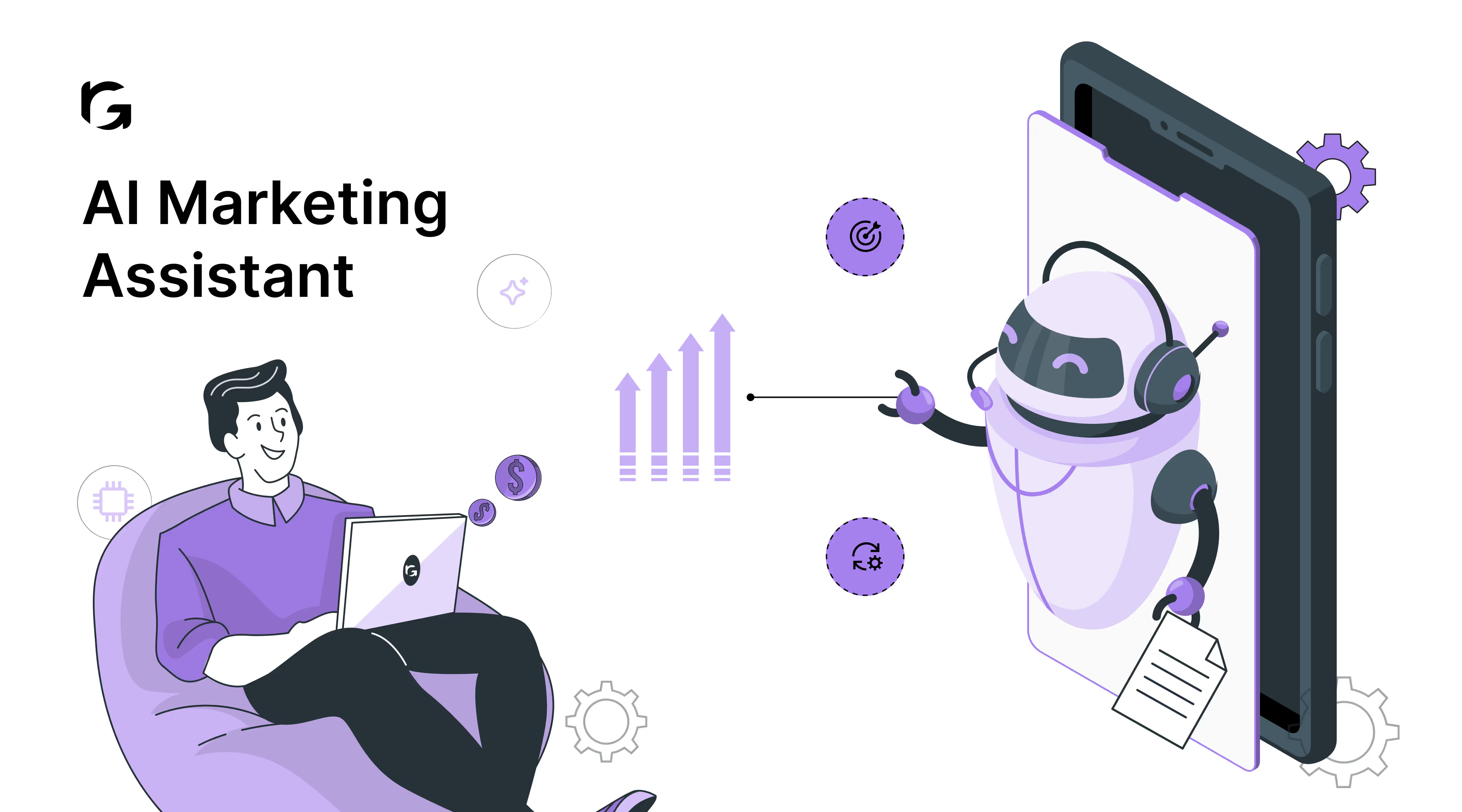

.svg)
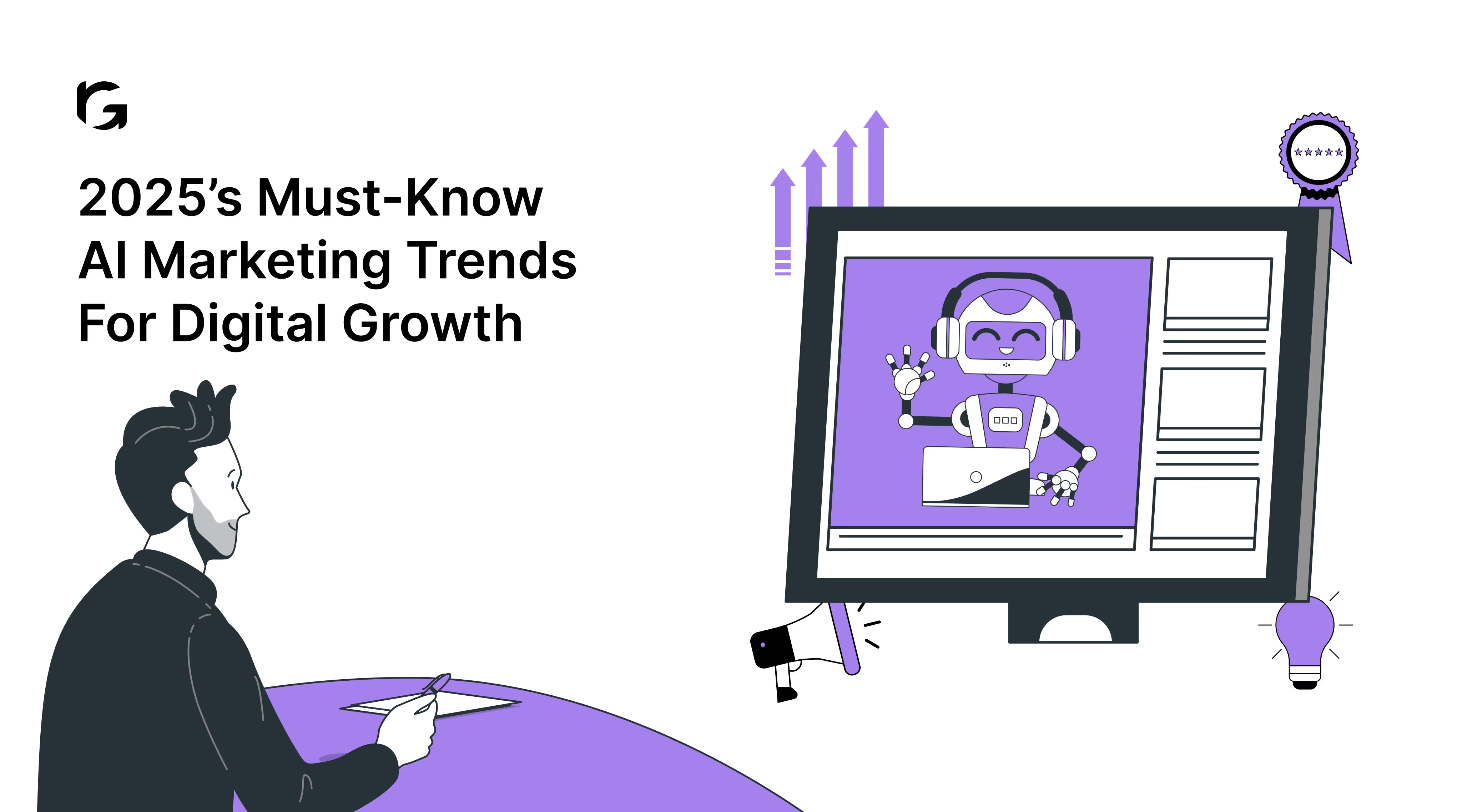
.avif)
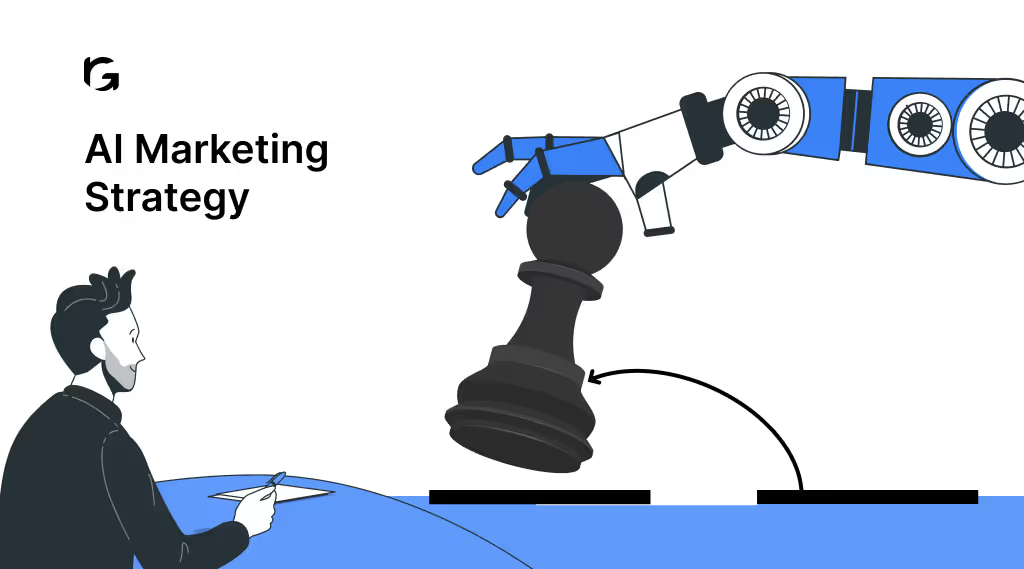
.webp)